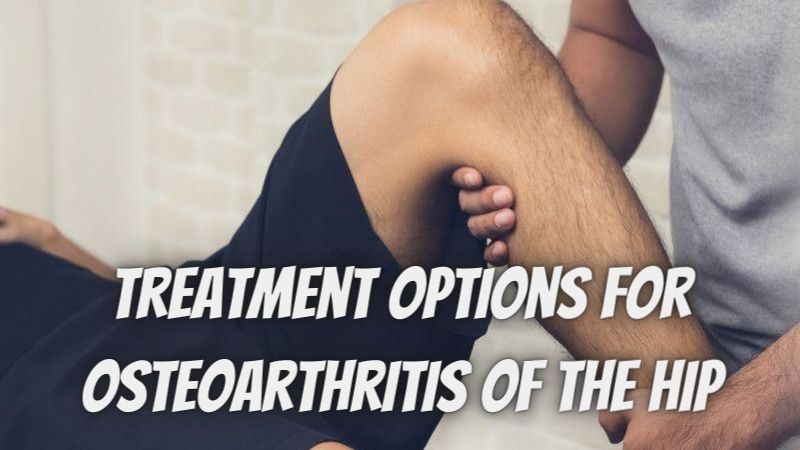Osteoarthritis is a condition that is considered wear and tear that occurs over time, especially as you age. It affects the cartilage that serves as cushioning for your joints and causes friction as bones to rub against each other. The result is inflammation, pain, and stiffness. It can affect any joint, including the hip. Fortunately, there are some treatment options available for this medical condition.
What is Osteoarthritis?
While many different types of arthritis exist, osteoarthritis is the most common type. It is a degenerative type of joint disease that is also commonly known as age-related arthritis. In other words, older people are more likely to develop the condition.
Osteoarthritis causes the cartilage tissue between joints to progressively break down. When this happens, you are left with swelling, inflammation, joint pain, and sometimes, deformity. The role of the cartilage is to cushion the joints. However, when it breaks down, there is no shock absorption, which is why you experience pain and swelling with osteoarthritis.
The symptoms and changes that the condition brings often takes place over a period of many years. It’s a slow-developing condition in most cases. However, there may be an occasional exception.
There are two types of osteoarthritis that can develop: primary or secondary, but if you have hip osteoarthritis, you suffer from primary osteoarthritis.
How Does Osteoarthritis Affect the Hip Joint?
Individuals with osteoarthritis of the hip occasionally have walking difficulties. Unfortunately, it can be initially challenging for doctors to diagnose the condition due to the location of the pain the patient experiences. Pain can be present in the thigh, knee, groin, and buttocks and may be either sharp or dull. If you’re experiencing persistent discomfort, consulting a knee pain specialist Singapore can help identify the root cause and recommend effective treatment. In most cases, the hip is stiff when affected by osteoarthritis.
5 Treatment Options for Osteoarthritis of the Hip
Overall, treatment options for osteoarthritis of the hip involve improving mobility while relieving pain, swelling, and other symptoms. The following are the most effective five ways to treat the condition:
- Pain medications: One of the best ways to treat osteoarthritis of the hip is to manage the pain associated with the condition. Pain medications you can get over the counter like acetaminophen, ibuprofen, and other nonsteroidal anti-inflammatory drugs or NSAIDs are good treatment options. However, if your osteoarthritis is moderate to severe, you may be able to get prescription pain medication from your doctor.
- Arthritis medications: Arthritis medications may be able to help slow the progression of your osteoarthritis of the hip. Corticosteroids are good for controlling inflammation and can be taken either orally or through injections. Hyaluronic acid injections may also be taken as treatment.
- Physical therapy: Physical therapy can help with your pain and improve your range of motion. At your first session, the physical therapist can assess your osteoarthritis and come up with a set of exercises customized specifically for you. You can learn how to safely perform these exercises at home. You may also be recommended cold therapy, a brace, or a walker depending on the circumstances.
- Surgery: If your osteoarthritis of the hip is severe and affects your ability to move around, surgery can help. You may get hip resurfacing, which removes the damaged portion of bone, or a total hip replacement, which involves placement of an artificial hip.
- Stretching and other exercises: Exercises that involve stretching can help with your osteoarthritis symptoms. Strength training with light weights, yoga, swimming, and water aerobics can improve your range of motion, improve your flexibility, strengthen your joints and relieve pain and stiffness.
These treatments can help if you have osteoarthritis of the hip. Be sure to speak with your doctor to determine which options might be best for you.
